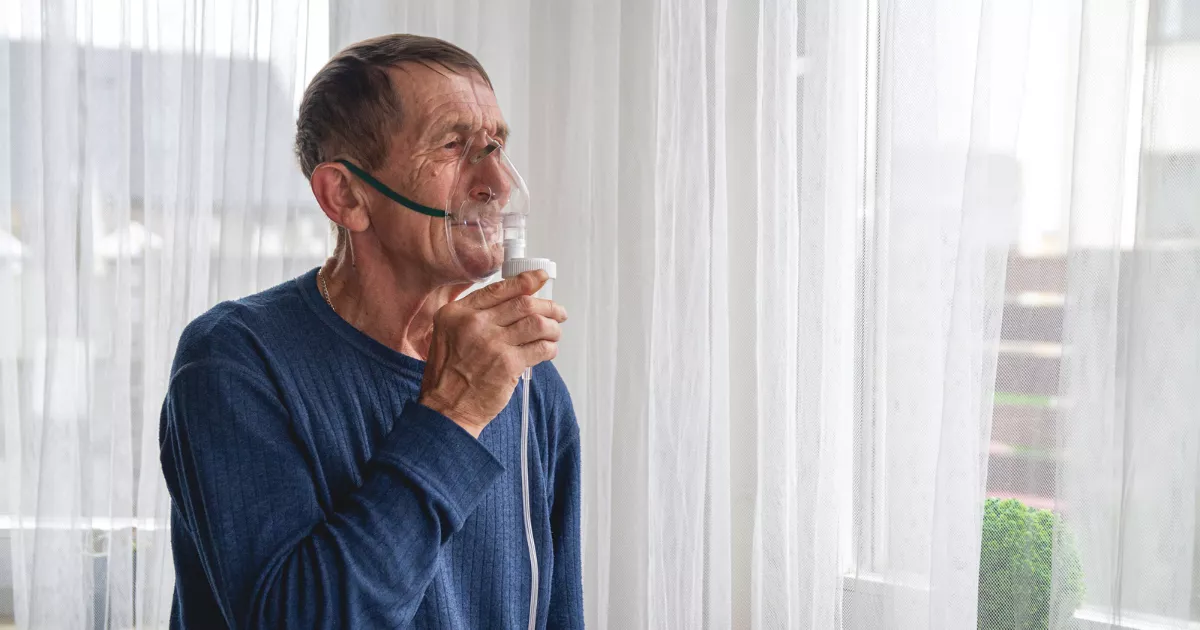Featured
Just Diagnosed with Pulmonary Fibrosis—What Should You Do?

While grappling with a PF diagnosis can be challenging, it’s crucial to understand that there are several steps and strategies you can adopt to manage the condition effectively and lead a fulfilling life. Let’s explore what you can do after receiving a PF diagnosis.
What Are the Stages of Pulmonary Fibrosis?

Pulmonary fibrosis (PF) is a chronic disease that progresses, or worsens, over time—though how quickly or slowly it progresses for each individual varies. While some chronic diseases have definable stages that allow you to understand how fast the disease is or will advance, PF is different.


